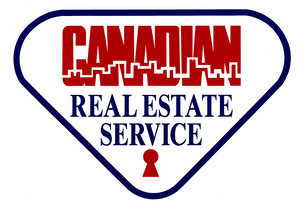What You Should know About Radon
The following article is submitted for your information. It was originally posted by the Edmonton Real Estate Board
What is Radon? Radon is a tasteless, odourless and invisible radioactive gas that results from decaying uranium, and is a leading cause of lung cancer.
What happens? Radon filters up from the ground and into the air. It can enter buildings through openings where the buildings contact the ground. In the outdoors, radon is diluted to low levels. Inside buildings, however, radon can build up to harmful, concentrated levels.
What are the health risks? Breathing increased levels of radon increases a person’s chance of developing lung cancer. In fact, Radon is linked to 16% of lung cancer deaths. It is the leading cause of lung cancer in non-smokers, and the second leading cause of lung cancer after smoking.
How does Radon enter a house? Because radon is a gas, it can move freely through the soil enabling it to escape to the atmosphere or seep into buildings. When radon escapes from the bedrock into the outdoor air, it is diluted to such low concentrations that it poses a negligible threat to health. However, if a building is built over bedrock or soil that contains uranium, radon gas can be released into the building through cracks in foundation walls and in floor slabs, construction joints, gaps around service pipes and support posts, floor drains and sumps, cavities inside walls, and the water supplies. When radon is confined to enclosed or poorly ventilated spaces, it can accumulate to high levels. Radon levels are generally highest in basements and crawl spaces because these areas are nearest to the source and are usually poorly ventilated.
What can you do? No building is radon free. The good news when it comes to radon is it’s a solvable problem. Even if you fall in love with a home that hasn’t had a radon test or the results are high, a radon mitigation device can be installed to vent radon gas outside the home from the basement. By hiring a C-NRPP certified Radon Measurement Professional to measure radon levels in the air, or doing the tests yourself, you are taking the first steps of preventing lung cancer in your family or occupants of the building. Mitigation costs vary, but are often not more than $2,000-$3,000. Hire a Certified Radon Technician to install the device to ensure it’s done properly.
For more information, visit https://www.reca.ca/consumers/information/radon.html
